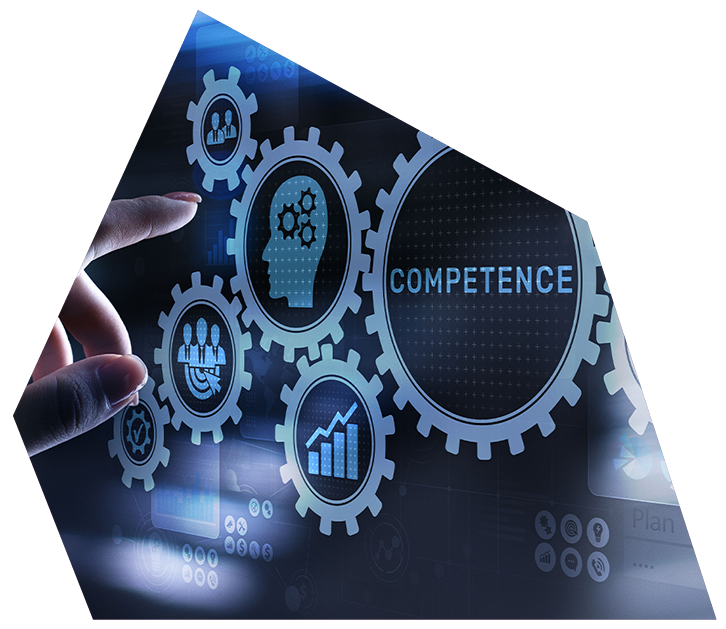
-
What We Do
-
How We Think
-
Our People
-
Our Offices
-
About Us
-
Get In Touch

During our engagements with Government clients over the years, we've noticed three words which are commonly misused. They sound and look similar; they both start with a 'c' and end with a 'y'. Their meanings are inter-related, so it is understandable why they often get mixed up. But there are important distinctions between these words, and getting this right will help you ensure your learning and development systems are set up for success.
Generally, capacity is associated with the potential to achieve something. One of the definitions provided by the Macquarie Dictionary describes capacity as the power, ability or possibility of doing something.
But it's important to understand that the 'ability' aspect comes with external constraints - resource availability, time and quantity or volume. For example, someone may have the ability to write a brief, but not the capacity because they're too busy. A bus may have the ability to transport a group of people from one location to the next, but not the capacity if it is too full.
Capacity is also often used in reference to a fixed point in time. For example, 'When will we reach capacity?' or 'Does your team currently have the capacity to take on this task?'
Further, capacity is an enabler of capability.
Capability is the ability and capacity to achieve and sustain a desired effect (Defence, 2014 p. 2). A capability can be developed or used (Macquarie online), and applies at the organisation, division or individual level.
With this definition, it's clear that capability is determined by a range of factors or inputs. These include people (with the right competencies), equipment, information, resources, and organisational structures that give purpose and context to actions.
Competency refers to a performance, behaviour or action which is specific, measurable and requires the application of knowledge, skills and attributes. In the learning and development sector, the term competency is commonly associated with vocational education and training sector, specifically units of competency which are the building blocks for many qualifications under the Australian Qualifications Framework.
If capability is the accumulation of ability and capacity, competency is the measure for how well an individual or organisation performs. As a performance measure, competency frameworks should then logically incorporate assessment of abilities, and take capacity into account.
This is where the importance of understanding the distinction between the terms is clear, particularly when organisations are looking to modernise and enhance their performance management framework.
Understanding the differences and interdependencies between the three C's could be your key to building the most effective performance management system for your organisation.

